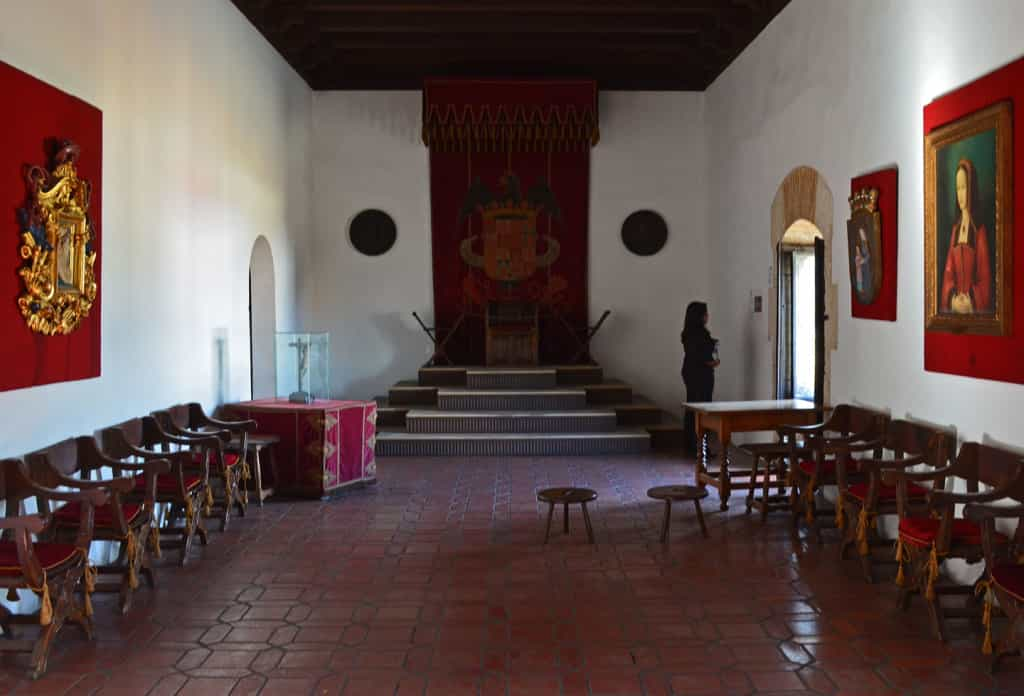For a lot of people, the Caribbean is mostly about beaches and nice weather (with the occasional hurricane). Truth be told, in some parts that’s pretty much all there is to it, along with cold beer, beautiful grilled fish and laid back locals. But other places remind you that this is where the New World was born, and the region has some of the oldest European structures in the Americas. Probably nowhere is this truer than in the Dominican Republic. The capital, Santo Domingo, is not only the largest city in the Caribbean, but it is also the oldest European city in the Americas, having been founded in 1496 by Columbus’ younger brother Bartholomew. If you look around the Colonial District, you will find a lot of things that lay claim to fame by being “the oldest X in the Americas”.
In Parque de Colon, behind the famous Admiral’s statue, the oldest church, the Cathedral of Santa María la Menor, seat of the first Catholic Diocese in the New World. Strange anecdote: while walking around the park, I heard a loud and resonating “Boing!” coming from above. I immediately looked up and saw a flagpole swaying from side to side. At the very same moment I heard a loud “Thump!” and looked down, only to find a very large pigeon, dead on the sidewalk after an obvious mid-air encounter with said flagpole. I know, not the nicest story, but something I had never seen before.
Alcazar de Colon, the first Viceregal residence, built for Columbus’ son Diego and today operating as a museum, filled with period furniture and items that once belonged to the Columbus family. Most displays are in Spanish only, but the admission price includes a good multilingual audioguide.
The first tribunal.
The first pharmacy.
A map of the first ever four voyages across the Atlantic. These “firsts” are located in the Museum of the Royal Houses, the former seat of the colonial government. Again with a good audioguide, you can learn a lot about how Spain bankrupted itself through military spending, as it tried to enforce its claim to exclusive trade rights in America. Meanwhile, France and the UK were making a ton of money by dealing directly with pirates and all manner of illegal traffickers.
And the first seat of Executive Government. This office was used by a succession of Viceroys and Captain-Generals, all the way to Rafael Trujillo, the strongman who ruled the Dominican Republic for 31 years, either as President himself, or through puppet presidents, until his assassination in 1961. I must say I spent a lot of time in this room, pondering how important it had been to Western history. For countless decades, this is where everything important was decided, not just for the island of Hispaniola, but for the entire hemisphere. Although key decisions may have been initiated on the Old Continent, ultimately, it was in this very room that someone in charge said: “OK, Go!” to the likes of Velazquez de Cuellar, Pizarro, Cortes or Ponce de Leon. And thus, what is today Cuba, Peru, Mexico and Puerto Rico, were invaded by Spain. No matter what moral or historical opinion you have of the Conquistadores, when you think about the incalculable impact they had on the continent and on European history, it is impossible not to be impressed by this otherwise modest and unremarkable office. Continue reading






